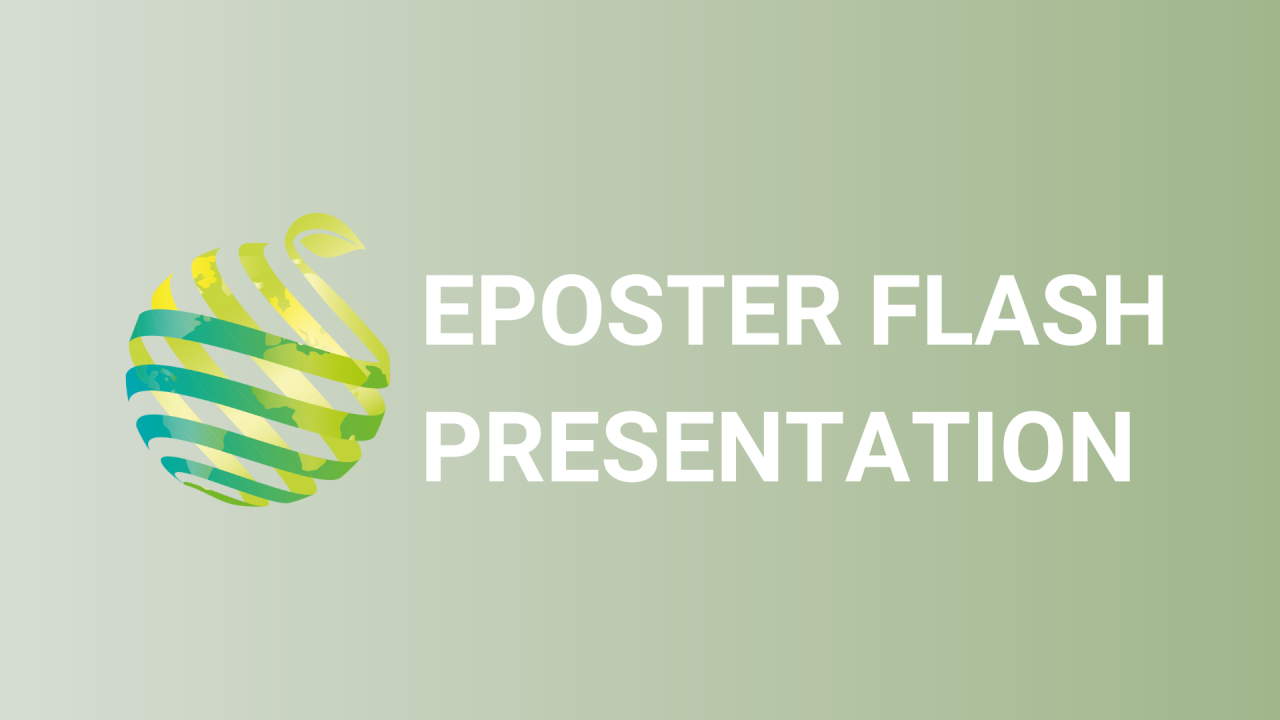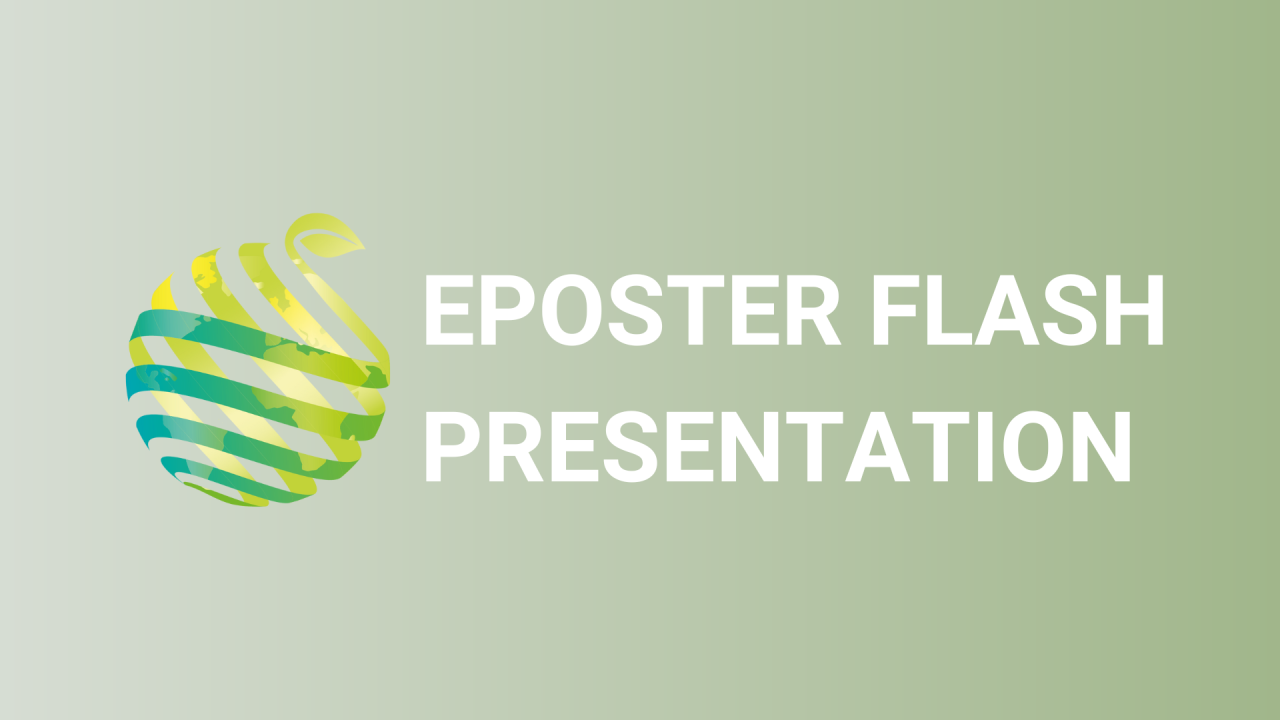

S11 - Session P3 - NIR spectroscopy used as tool of determination of sweet cherry maturity stage and fruit quality under different irrigation doses
Information
Authors: Pavol Suran *, Gabriela Pravcova, Martina Mareckova
Agricultural production is affected by changing agroclimatic conditions, including the regions of Central Europe. The future increase in the frequency, duration and intensity of drought episodes will therefore increase the need for irrigation. However, it will face to limited availability of water resources. Irrigation management based on water deficit principles can be a solution in order to increase water efficiency, as the amount of irrigation water affects fruit ripening. For sweet cherries, the quality of the fruit is linked to a maturity stage. The harvest is based on colour and firmness, but also on the soluble solids, but these parameters are determined by time consuming methods. Therefore, the aim was to develop a fast alternative for fruit analysis using NIR spectroscopy and to determine the impact of irrigation regimes on the development and quality of sweet cherry cultivar 'Sweet Early'. Three variants of irrigation regimes were proposed depending on the water dose: ETc0 (not irrigated); ETc50 (dose of 50% of the calculated crop evapotranspiration) and ETc100 (dose of 100% of the calculated crop evapotranspiration). Vegetative growth expressed by trunk cross-sectional area (cm 2 ), yield (kg / tree), harvest maturity, diameter (mm), firmness (g / cm 2 ), soluble solids (° Brix.) and absorbance index (I AD ) were monitored. The obtained numerical values of the given parameters were paired using the TQ Analyst software with the measured spectra of the NIR spectrometer Antaris II and calibration models were created. The most important indicators were the determination coefficient R2 and the RPD factor. NIR spectrometry was able to predict firmness, soluble solids and absorbance index. It was achieved a determination coefficient R2 of more than 0.9. The RDI ETc50 and ETc100 variants delayed the date of fruit ripeness. No significant difference was evaluated between the qualitative parameters of the fruits depending on the irrigation variant.